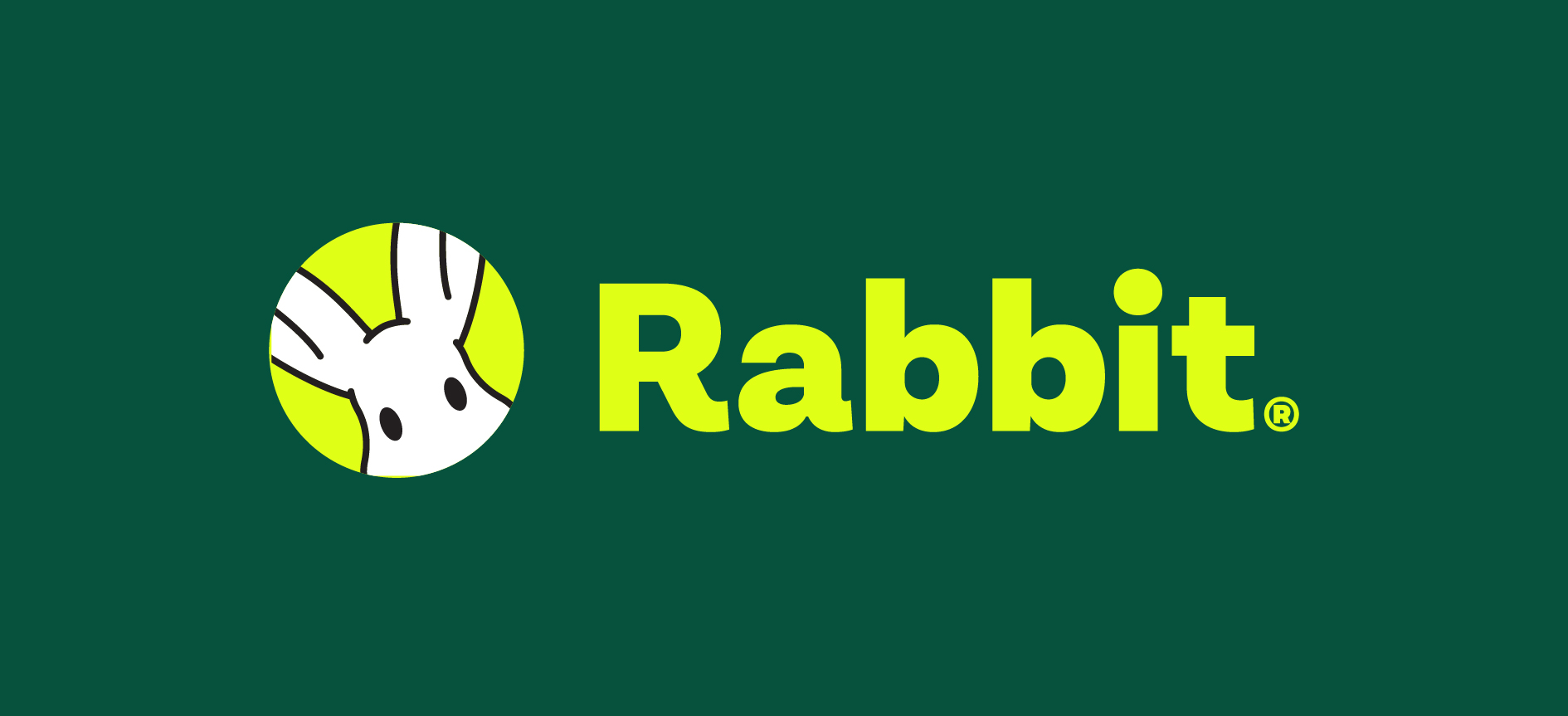Rabbit Innovation Plan
 Kenneth Akpo
Kenneth AkpoTable of contents
- Introduction
- 1. Executive Summary
- 2. Current State Analysis
- 3. Innovation Goals and Objectives
- 4. Innovation Initiatives and Priorities
- 5. Research and Development (R&D) Strategy
- 6. Risk Assessment and Mitigation
- 7. Budget and Financial Projections
- 8. Marketing and Customer Adoption Strategy
- 9. Investor and Stakeholder Engagement
- 10. Implementation Timeline
- 11. Monitoring and Evaluation
- Conclusion

Introduction
The Rabbit Innovation Plan outlines a five-year strategy to establish Rabbit as a leader in personalized, tech-driven grocery services. Leveraging AI, AR, and community-focused features, Rabbit aims to create a unique shopping experience that meets modern demands for health, convenience, and sustainability. In a competitive market, Rabbit’s approach focuses on innovation and engagement to drive growth, improve retention, and build new revenue streams, setting a clear path to becoming a trusted, interactive grocery platform.
1. Executive Summary
Objective: To position Rabbit as a leader in personalized, tech-driven grocery services by developing innovative solutions that cater to health-conscious and tech-savvy customers.
Overview: Over the next five years, Rabbit will introduce a suite of cutting-edge features designed to elevate user experience, foster community engagement, and drive new revenue streams. Key innovations include an AI-powered nutritionist, interactive AR shopping, and community-driven product offerings. These solutions aim to increase customer retention, attract new demographics, and reinforce Rabbit’s position in the digital grocery marketplace.
2. Current State Analysis
Market Position & Competitor Overview: Rabbit operates in a competitive landscape with established brands like Instacart and HelloFresh. Notable trends show consumers are increasingly prioritizing convenience, personalization, and sustainability in their grocery shopping experiences.
Competitor Insights:
Instacart focuses on convenience with rapid delivery, offering a broad range of items. However, it lacks an engaging, community-oriented platform.
HelloFresh delivers pre-packaged meal kits that emphasize convenience but don’t offer flexibility in terms of grocery options.
Rabbit’s Differentiation: Rabbit has the potential to be a hybrid solution, combining the best of both worlds by providing comprehensive product options with interactive, community-driven experiences.
Customer Demand Insights:
Personalization: Nearly 70% of grocery customers seek personalized recommendations for diet and lifestyle, indicating strong demand for features like AI-powered nutritionist and mood-based product recommendations.
Community Engagement: Research shows that consumers are more likely to trust and return to platforms that support local businesses and promote community values, aligning with Rabbit’s community-sourced product initiative.
3. Innovation Goals and Objectives
Short-Term Goals (1-2 Years):
Launch AI-powered nutrition and virtual cooking classes.
Objective: Increase monthly active users (MAUs) by 25% in the first year through engaging, health-focused features.
Long-Term Goals (3-5 Years):
Implement AR shopping, mood-based AI recommendations, and a community marketplace.
Objective: Double Rabbit’s user base by Year 5 and increase customer retention by 20%.
KPIs:
Customer Engagement: Monitor session length, monthly active users, and feature adoption rates.
Revenue per User: Track increases in average revenue per user (ARPU) from premium features and upselling opportunities.
Customer Retention: Measure repeat purchase rates and loyalty program participation to gauge customer satisfaction.
4. Innovation Initiatives and Priorities
AI-Powered Nutritionist
Description: An in-app feature that analyzes user profiles, dietary needs, and health objectives to generate custom meal plans and grocery lists.
Objective: Position Rabbit as a go-to solution for health-focused grocery shopping.
Expected Outcomes: Projected 15% increase in app sessions from users revisiting to plan meals and access nutrition tips.
Revenue Potential: Opportunities for upselling premium memberships with advanced AI guidance for special dietary needs.
Virtual Cooking Classes
Description: Rabbit will offer live, interactive cooking sessions with renowned chefs. Customers can purchase ingredient kits in advance, encouraging both engagement and additional sales.
Objective: Drive engagement through interactive experiences, encouraging users to explore new recipes and culinary techniques.
Expected Outcomes: An 8% increase in ARPU as users purchase cooking kits and attend premium classes.
Revenue Potential: Each class can feature unique ingredients available only on Rabbit, creating exclusivity and increasing purchase frequency.
Community-Sourced Products
Description: A dedicated marketplace section for locally sourced products from community vendors, supporting sustainable and community-oriented shopping.
Objective: Differentiate Rabbit’s offerings and attract socially conscious consumers.
Expected Outcomes: 10% user growth, with strong appeal among customers seeking local, artisanal products.
Revenue Potential: Additional revenue streams from premium listings for vendors and potential advertising collaborations.
Interactive AR Shopping Experience
Description: Using augmented reality, customers can navigate a virtual grocery store and interact with products as if they’re on physical shelves.
Objective: Offer a distinctive, immersive shopping experience that stands out in the market.
Expected Outcomes: Projected 30% increase in session length, as users spend more time exploring the virtual store.
Revenue Potential: AR interactions create potential for product placements and upselling exclusive, in-store only items.
On-Demand Personal Shopper
Description: Provide a premium on-demand personal shopper service for customized recommendations, special occasions, and gift ideas.
Objective: Elevate Rabbit’s value for high-spending customers seeking personalized experiences.
Expected Outcomes: 15% increase in average order size, driven by upselling and personalized recommendations.
Revenue Potential: Monthly or per-use subscription fee for access to personal shopper services.
AI-Powered Mood-Based Recommendations
Description: Analyze user behavior to suggest products that align with users’ current mood, habits, and lifestyle choices.
Objective: Boost spontaneous purchases by tailoring recommendations based on user mood and preferences.
Expected Outcomes: Projected 12% increase in conversion rates, as users respond to mood-matched recommendations.
Revenue Potential: Enhanced ARPU from targeted upselling and mood-based promotional deals.
Interactive Recipe Sharing
Description: A user-driven recipe-sharing platform within the app, allowing customers to post, rate, and purchase ingredients for shared recipes.
Objective: Foster a sense of community and provide a reason for users to return to the app.
Expected Outcomes: 10% increase in monthly active users, as users engage with community content.
Revenue Potential: Opportunity for cross-selling as users purchase ingredients for popular recipes.
5. Research and Development (R&D) Strategy
Prototyping and Testing:
AI and AR Modules: Begin with minimum viable product (MVP) versions of AI-powered features and AR functionalities, then iteratively refine based on user feedback.
Beta Testing: Select a small user group for beta testing, allowing for real-time feedback and data collection.
Collaboration: Partner with AR development teams and local vendors to reduce time-to-market and enrich content.
Scalability: Ensure that all features are modular, allowing for easy scaling as Rabbit’s user base grows.
6. Risk Assessment and Mitigation
Technology Risk: High costs and complexities associated with developing AR and advanced AI models.
- Mitigation: Phase the rollout in small, manageable stages to reduce initial costs and adjust based on real-world use.
User Adoption Risk: Certain features like AR may require user education.
- Mitigation: Develop in-app tutorials and offer incentives for first-time users to try out new features.
Financial Risk: Potential overextension of resources due to development costs.
- Mitigation: Carefully monitor and allocate budget, prioritize cost-effective feature rollouts, and establish partnerships to share costs.
7. Budget and Financial Projections
Estimated Budget:
Year 1-2: $150,000 for AI-powered nutritionist and virtual cooking classes.
Year 3-5: $250,000 to develop AR shopping, mood-based AI, and community marketplace.
Projected Revenue Growth:
Year 1: $500,000 from early feature engagement and increased user acquisition.
Year 5: Potential $2 million annual revenue from all features, driven by increased ARPU and user retention.
8. Marketing and Customer Adoption Strategy
Go-To-Market Strategy:
AI Nutritionist: Partner with fitness influencers and nutritionists to launch the AI-powered nutritionist.
Virtual Cooking Classes: Promote cooking classes through targeted ads on social media and Rabbit’s app notifications.
Customer Education: Integrate onboarding tutorials within the app and offer free trials for new features to encourage adoption.
Community Engagement: Leverage recipe-sharing and community-sourced product promotions to create user-driven growth.
9. Investor and Stakeholder Engagement
Key Messages: Highlight Rabbit’s unique approach that blends convenience with personalization and community values.
Investor Updates: Send regular progress reports focusing on feature adoption rates, engagement growth, and revenue impact, demonstrating Rabbit’s scalability and growth potential.
10. Implementation Timeline
Year 1: Launch AI-powered nutritionist and virtual cooking classes.
Year 2-3: Develop personal shopper, mood-based recommendations, and community-sourced products.
Year 4-5: Release AR shopping experience and interactive recipe-sharing.
11. Monitoring and Evaluation
KPI Tracking: Regularly measure metrics like user growth, feature engagement, and session length.
Feedback Loop: Conduct regular surveys and use feature engagement analytics to adjust and optimize based on user needs.
Conclusion
The Rabbit Innovation Plan sets a strategic path for Rabbit to become a leader in personalized, tech-driven grocery services. By introducing AI-powered nutrition, virtual cooking classes, AR shopping, and community-sourced products, Rabbit aims to offer a unique, interactive shopping experience that drives engagement and loyalty. This phased, five-year plan balances innovation with practical risk management, ensuring that Rabbit remains competitive and responsive to user needs. Through continuous improvement and a customer-centered approach, Rabbit is positioned to set new standards in grocery shopping and build lasting value in a dynamic market.
Subscribe to my newsletter
Read articles from Kenneth Akpo directly inside your inbox. Subscribe to the newsletter, and don't miss out.
Written by

Kenneth Akpo
Kenneth Akpo
I'm a Software Developer with experience in Web and App Development, Machine Learning Development and Blockchain Development. I'm also an Innovation Officer.